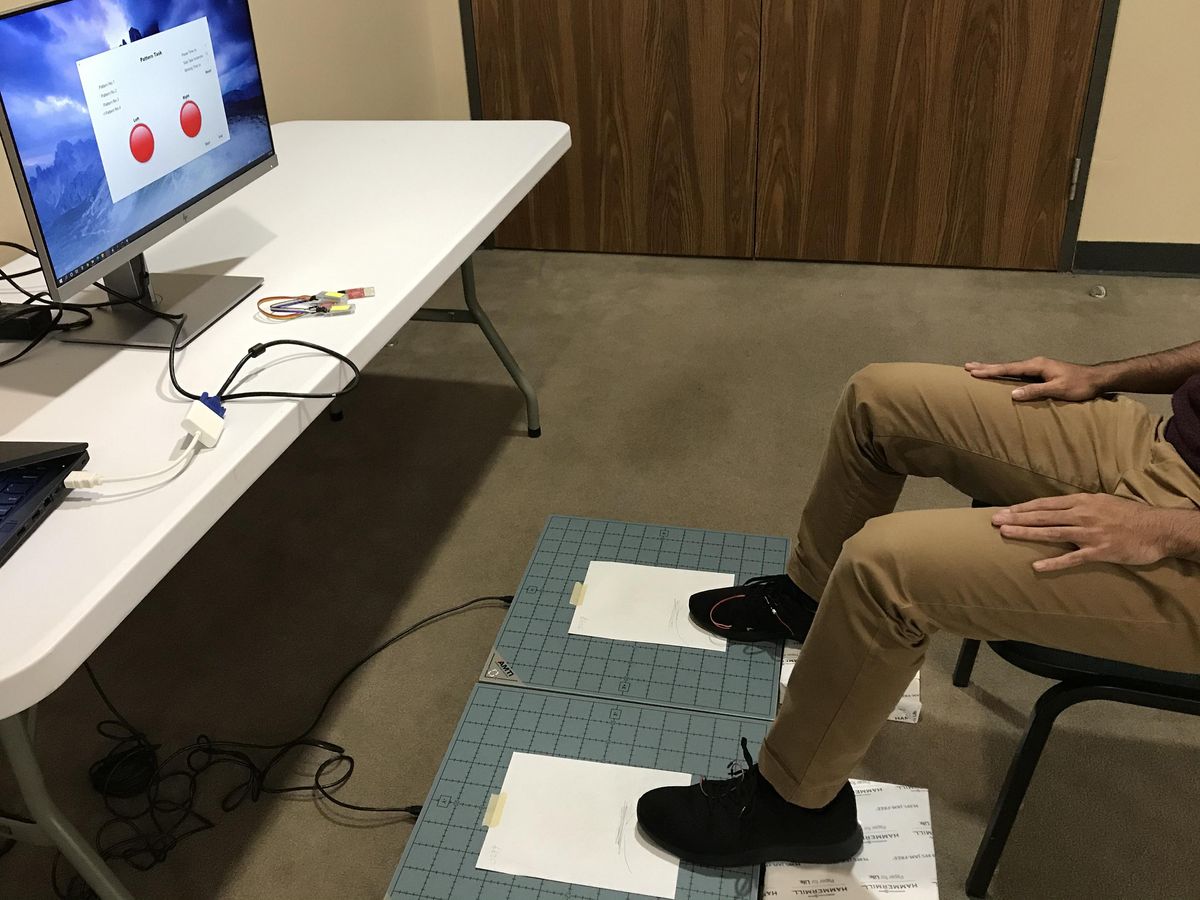When someone is faced with mobility challenges, the risk of falls and injuries increases. This is the case for people living with Parkinson’s disease, a brain disorder that results in uncontrollable movements, such as shaking and impaired balance and coordination.
Ya Wang, an associate professor at Texas A&M University, and her colleagues have been exploring a novel way to assess the risk of falling in someone with Parkinson’s disease. Their proposed approach involves a smart insole that’s inserted into users' shoes and tracks their foot movements while they tap their toes. It is described in a recent study, published 5 May 2022 in IEEE Sensors Letters.
The traditional test used to assess Parkinson’s disease is the Unified Parkinson’s Disease Rating Scale (UPDRS), in which patients do a number of walking and toe-tapping exercises. Wang’s team had previously developed a smart insole capable of monitoring foot movement as patients walked but became intrigued by the idea of using the device to monitor toe-tapping movements instead.
“Toe-tapping motion is one of the important tasks in [UPDRS], but there is a very limited number of studies working on analyzing toe tapping with smart wearable devices in the field,” explains Wang. “We started to wonder if we could use toe-tapping motion, which has a simpler and more interesting setup compared to walking motion, to assess the risk of falling.”
In their study, 10 participants with Parkinson’s disease and 8 healthy controls completed a toe-tapping exercise while wearing the smart sole. The smart insole is made with accelerometers, a microcontroller, and a Bluetooth Low Energy module, all integrated in printed circuit boards and encapsulated in epoxy resin. The study participants followed instructions on whether to tap their toes in an alternating or synchronized pattern, while data capturing the motion are collected and transferred to a computer in real time.
The results show that the toe-tapping exercises do correlate closely with a person’s risk of falling (according to the UPDR scale), although it is slightly less accurate than the traditional walking tests. Through this study, the researchers learned that the ability for someone with Parkinson’s disease to move the foot in a controlled way (acceleration) was more accurate in predicting fall risk compared to the overall time it takes for them to complete the exercise.
Wang notes that it has been meaningful to have contributed to this research. “We are happy we have finished and published some work that could be helpful to the Parkinson’s community,” she says.
Next, her team plans to collect additional data from more subjects (for example, based on gender, age, medication status, and symptoms) to improve upon their novel approach and adapt it for different populations. They are also interested in exploring the use of electromyography sensors to measure muscle activities during toe tapping.
Michelle Hampson is a freelance writer based in Halifax. She frequently contributes to Spectrum's Journal Watch coverage, which highlights newsworthy studies published in IEEE journals.



